Gazelle Caught Out Jumping a Fence (N505HA)
On 5 September 2018, a privately owned Airbus Helicopters (formerly Aérospatiale) SA341G Gazelle N505HA crashed while hovering at Kortrijk-Wevelgem International Airport (KJK/EBKT) near Wevelgem, Belgium.
The Accident
The Belgian Air Accident Investigation Unit (AAIU) explain in their safety investigation report, issued on 22 June 2021, that:
On the day of the accident, the pilot wanted to bring 3 friends for a lunch in Valenciennes (France).
The helicopter was parked between two hangars located landside approximately 86 m north of the airfield perimeter, which is delineated by a 1.8 m high fence.
The Gazelle main rotor diameter is 10.5 m (D value is 12).
After the pre-flight inspection and the boarding of the passengers, the helicopter took off vertically to an altitude of 25 ft AGL, a little higher than the roof of the hangars. At the end of the vertical climb, when the pilot slightly pushed on the cyclic to gently move forwards, he felt twice a yaw movement of the helicopter and, after a quick check on the instrument panel, he noticed that the red ALARM warning light was on.
He immediately lowered the collective pitch control and pushed the cyclic control further forwards to gain some forward velocity, before flaring and trying to land the helicopter on the grass area bordering the airport fence. A witness…heard the characteristic sound of an engine surge (a loud bang) before the helicopter moved down.
The helicopter landed very hard on the grass strip between the circulation road and the airport fence, breaking the skids upon impact and causing significant belly damage.
One blade of the main rotor hit one of the fence poles and sent it 50 m away, on the runway. The helicopter finally came to rest on its left side with the engine still running. The pilot shut down the engine, closing the fuel shut off valve.
Despite a significant loss of fuel through the vent lines of the fuel tank, there was no post-crash fire.
Three occupants were uninjured and one had only minor injuries.
The Belgian AAIU Safety Investigation: The Engine Surge
The helicopter was technically in good working condition, airworthy with no technical condition having directly caused the crash. The pilot-owner stated that he had washed the helicopter exterior the day before the crash. However, the engine’s air intake was found to be particularly dirty.
To start up the engine, the pilot moved the FFC lever forward, but the lever was not latched in the notch during take-off. The slight friction between the FFC lever and the panel, and the extinguishing of the red ‘ALARM’ warning light, may have influenced the pilot from moving fully forward and latching the lever. The pilot was probably not aware of the crucial importance of latching the lever…
The improper setting of the fuel flow control (FFC) lever and the dirty airpath of the engine air intake would have eroded the surge margin of the engine.
When transitioning from the hover to forward flight…the engine compressor surged. The light tailwind and the rotor downwash hitting the surrounding buildings and so disturbing the airflow may have been a contributing factor.
The AAIU note that:
Moving the helicopter from the hover in ground effect (HIGE) to forward flight demands the most power during take-off. To avoid a compressor surge, the Flight Manual therefore instructs to slightly increase the pitch when transitioning from the hover to forward flight and always check that the maximum torque is not exceeded.
The Belgian AAIU Safety Investigation: The Take Off
The AAIU note that to allow aircraft movements from the landside hangars and maintenance facilities, six remotely controlled gates are provided to allow aircraft to taxi or be towed airside.
Since 2018, EBKT has more than 30,000 aircraft movements per year, of which an average of 25% have taken place in a helicopter. Reportedly it had become a common practice for helicopters based at the northside to cross at low altitude the public road and the airport fence, also called ‘jumping over the fence’.
If ICAO Annex 14 requirements are considered the area used for the take off was inadequately sized:
Additionally:
…the limited field of view at the take-off area did not provide sufficient view of the traffic at the airport.
In conclusion, the…
…take-off area was not in compliance with the safety standards because of the lack of clearance with the surrounding obstacles and the limited field of view to the airport traffic. Consequently, to get a good view and to be clear from the nearby obstacles, the pilot climbed to a height where it was not safe to operate.
The Belgian CAA advised the only option was to tow the aircraft 800 m to gate 3, then hover taxi along taxiway H up to the active runway threshold.
The pilot confirmed he was aware that taking off vertically between the hangars was not a recommended practice, and not safe. However he did it, to be clear of the surrounding buildings, to be able to listen to the AFIS, to observe the flying traffic at the airport and to be able to cross the street and fence at right angle.
The pilot stated, “I took off as I did successfully many times in the past. Taking off vertically between the hangars is considered common practice amongst the helicopter community of EBKT”. Furthermore, as he never received any feedback from the airport authorities stating that this practice is prohibited, he considered it to be acceptable.
The airfield layout has now changed so that helicopters hangared in that area can lift up and taxi on a dedicated area free from obstacles.
Safety Resources
The European Safety Promotion Network Rotorcraft (ESPN-R) has a helicopter safety discussion group on LinkedIn. You may also find these Aerossurance articles of interest:
- Helicopter Destroyed in Hover Taxi Accident
- Latent Engine Defect Downs R44: NR Dropped to Zero During Autorotation
- Air Ambulance Helicopter Downed by Fencing FOD
- Ambulance / Air Ambulance Collision
- Inappropriate Autorotation Training: Police AS350
- Stabilised Hover Prevents Loss of Control Accidents Say FAA
- Hazardous Hangar Hovertaxy
- UPDATE 23 October 2021: A Lethal Cocktail: Low Time, Hypoxia, Amphetamine and IMC
- UPDATE 30 October 2021: Don’t Be a Sucker!: Cabri Canopy Implosion
- UPDATE 30 October 2021: RLC B407 Reverses into Sister Ship at GOM Heliport
- UPDATE 5 March 2022: Taxiing AW139 Blade Strike on Maintenance Stand
- UPDATE 28 August 2022: R66 Loss of Control Investigation Hampered by Lack of Cockpit Video
- UPDATE 3 September 2022: Garbage Pilot Becomes Electric Hooker

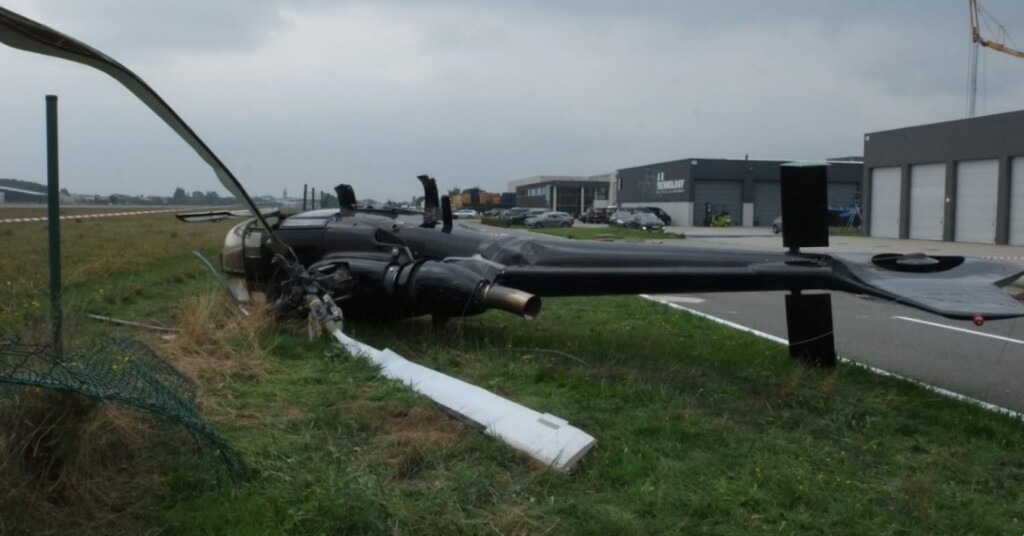

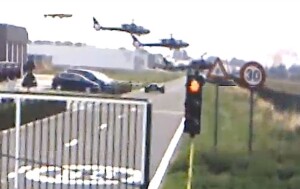
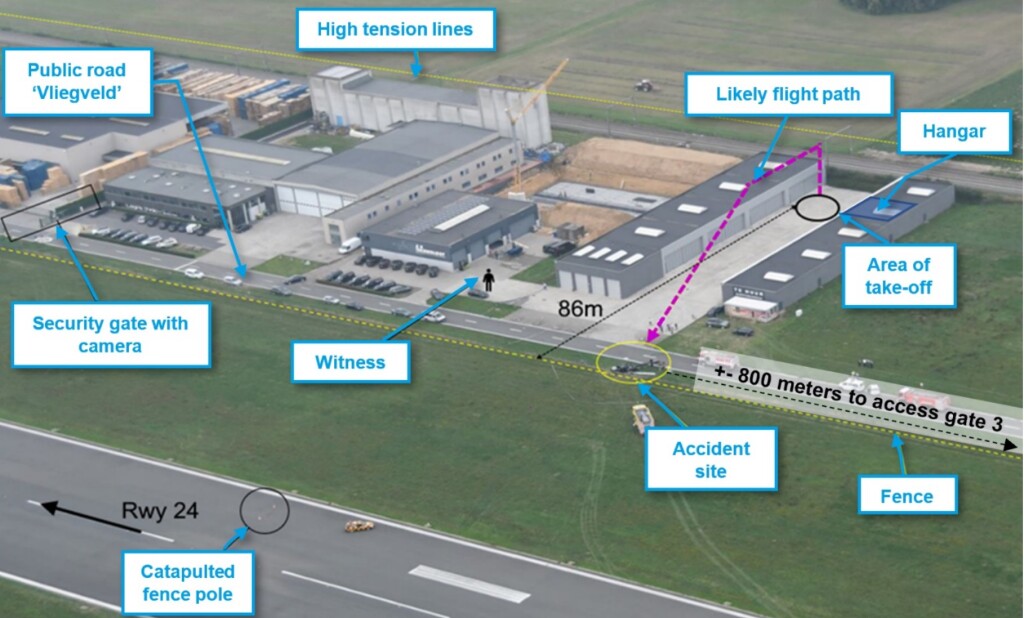
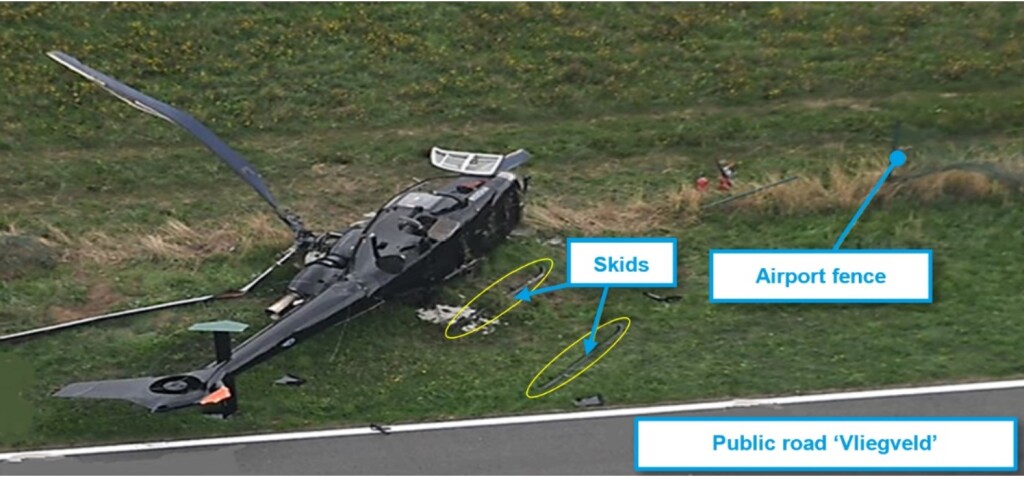
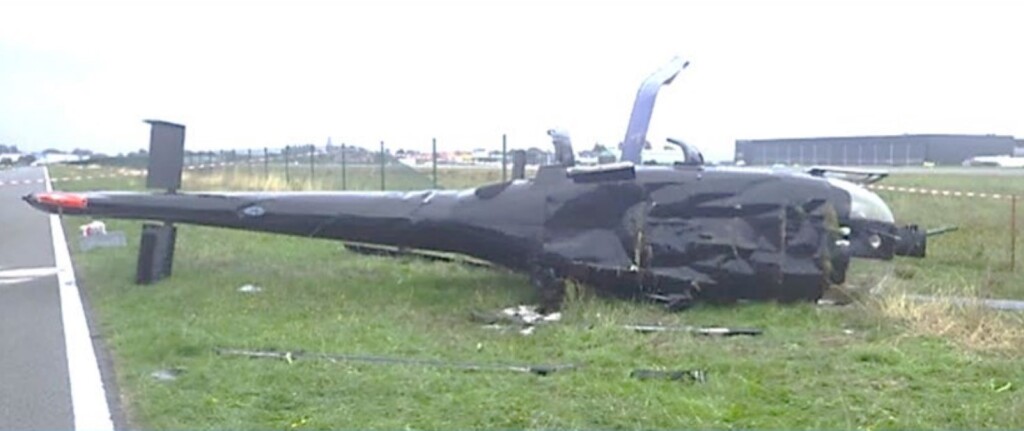
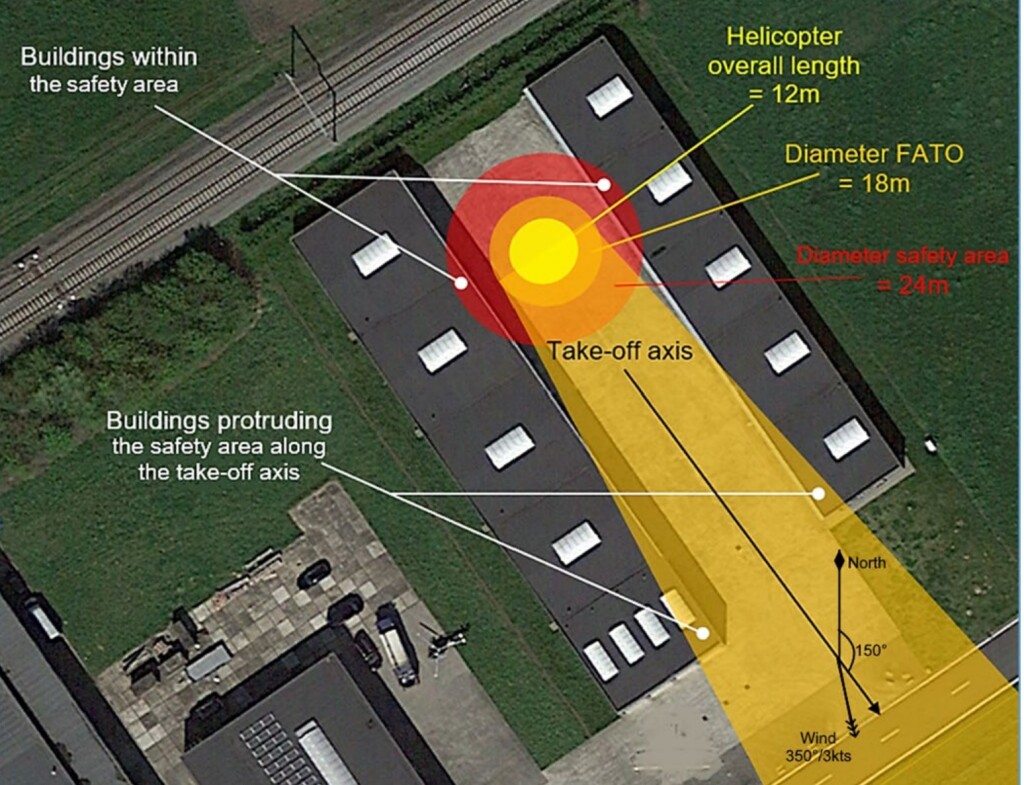
Recent Comments